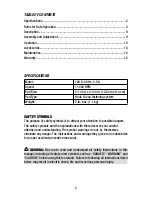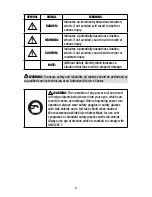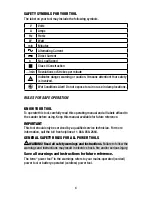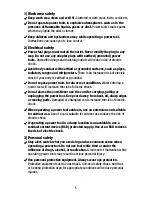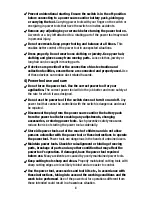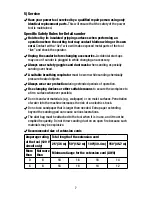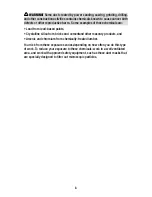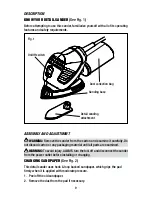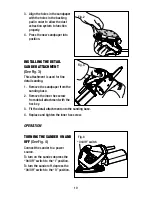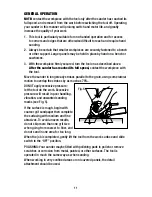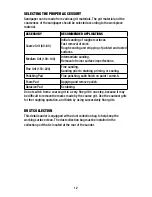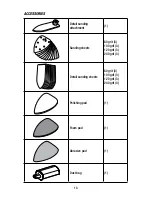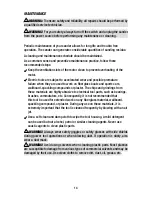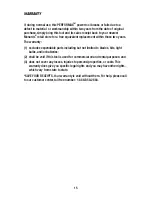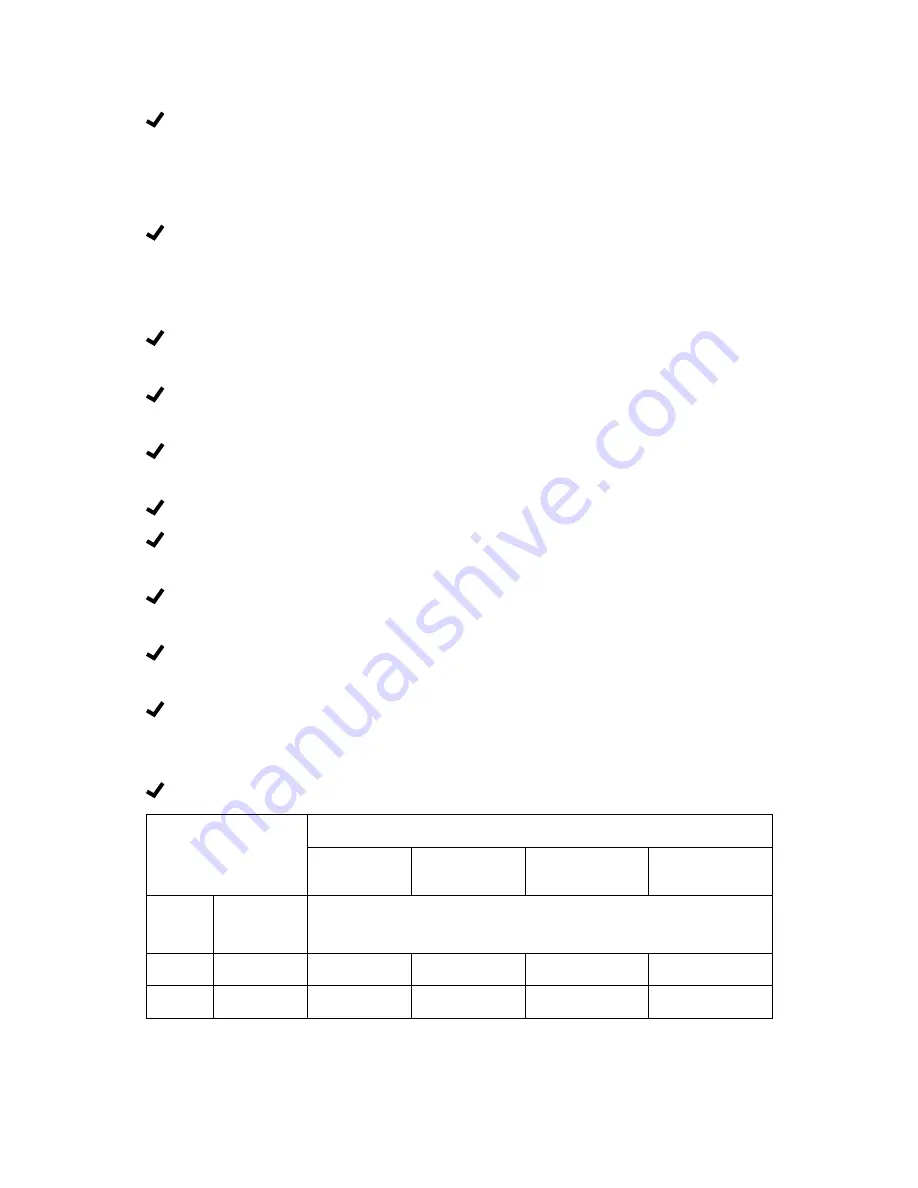
7
5) Service
Have your power tool serviced by a qualified repair person using only
identical replacement parts.
This will ensure that the safety of the power
tool is maintained.
Specific Safety Rules for Detail sander
Hold tool by its insulated gripping surfaces when performing an
operation where the cutting tool may contact hidden wiring or its own
cord.
Contact with a “live” wire will make exposed metal parts of the tool
“live” and shock the operator.
Unplug the sander before changing accessories.
Accidental start-ups
may occur if sander is plugged in while changing an accessory.
Always wear safety goggles and dust mask
when sanding, especially
sanding over-head.
A suitable breathing respirator
must be worn while sanding chemically
pressure treated objects.
Always wear ear protection
during extended periods of operation.
Use clamping devices or other suitable means
to secure the workpiece to
a firm surface whenever possible,
Do not sand wet materials (e.g., wallpaper) or on moist surfaces. Penetration
of water into the machine increases the risk of an electric shock.
Do not use sandpaper that is larger than needed. Extra paper extending
beyond the sanding pad can cause serious lacerations.
The dust bag must be attached to the tool when it is in use, and it must be
emptied frequently. Do not throw sanding dust on an open fire because such
materials may be explosive.
Recommended size of extension cords
Amperage rating
of the tool (120 V
circuit only)
Total length of the extension cord
25’(7.6 m) 50’(15.2 m) 100’(30.4 m) 150’(45.7 m)
More
than
Not more
than
Minimum Gauge for the extension cord (AWG)
0
6
18
16
16
14
6
8
18
16
14
12
Summary of Contents for 241-0964
Page 16: ...16...


